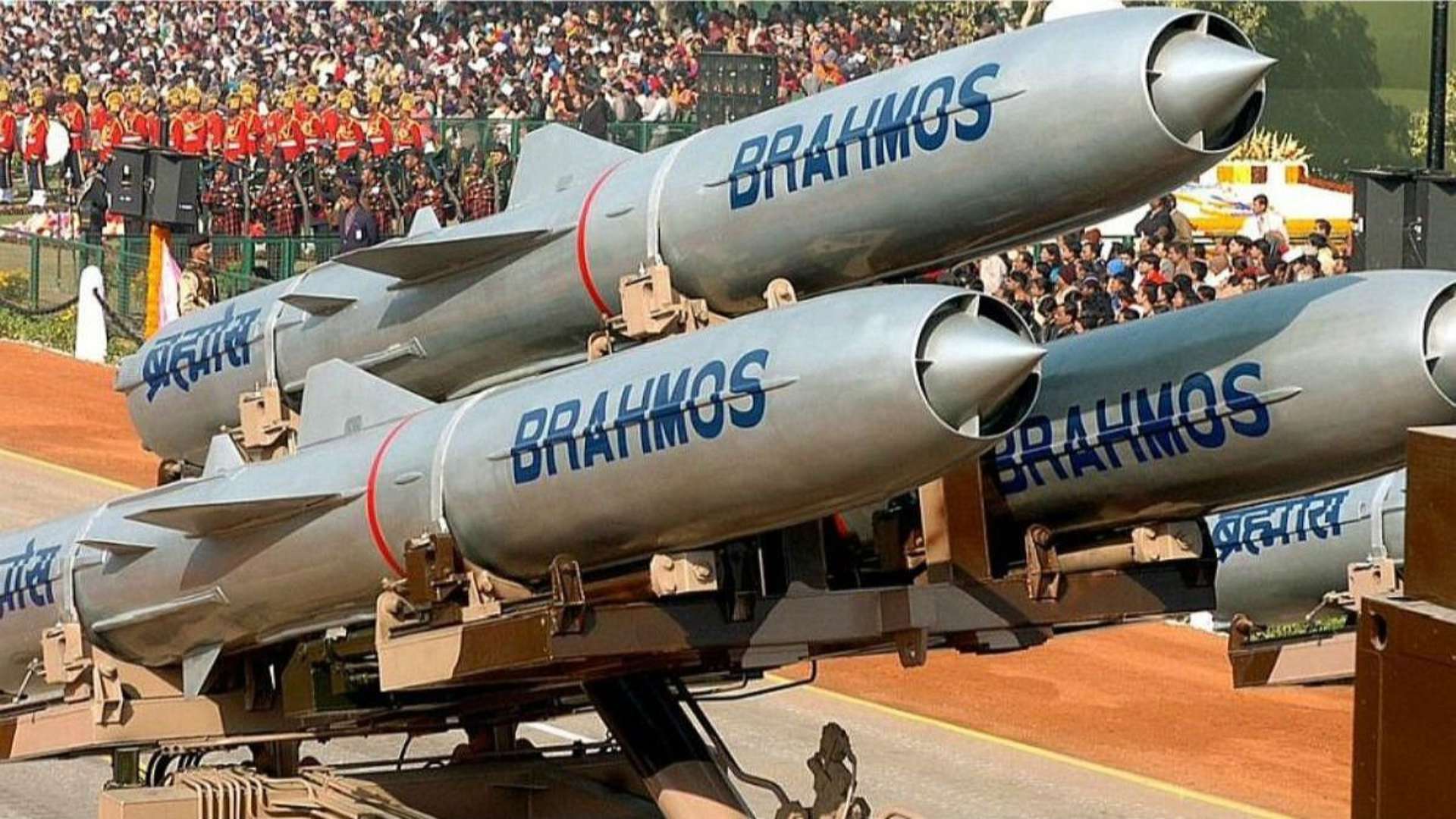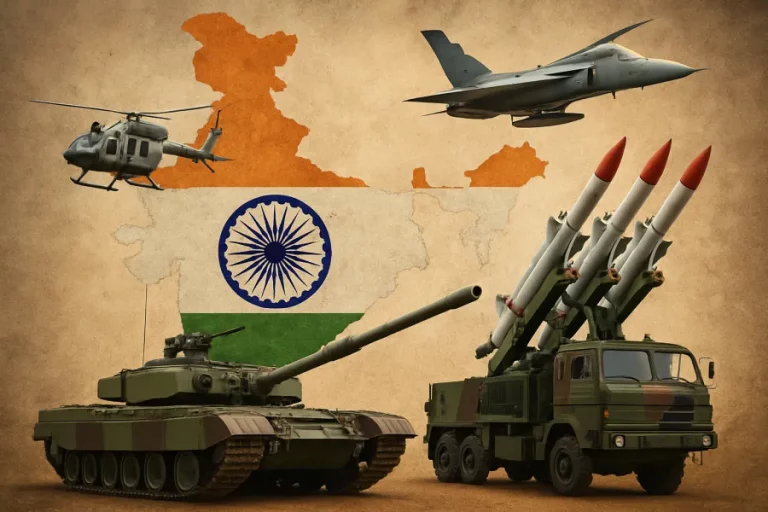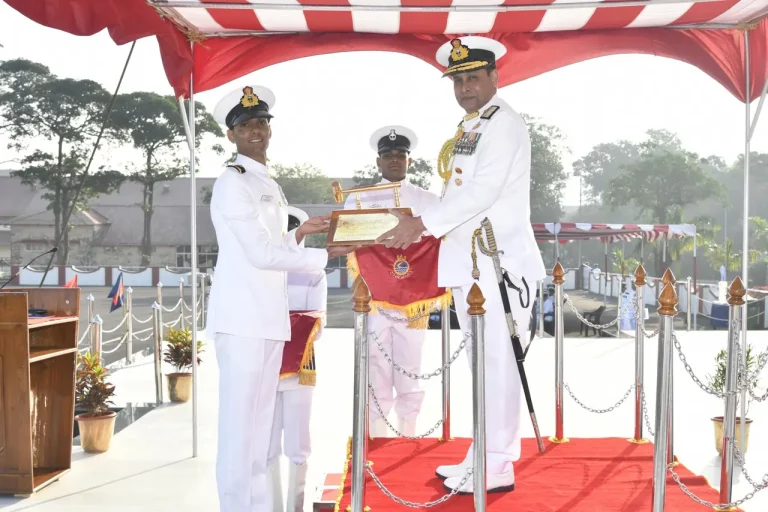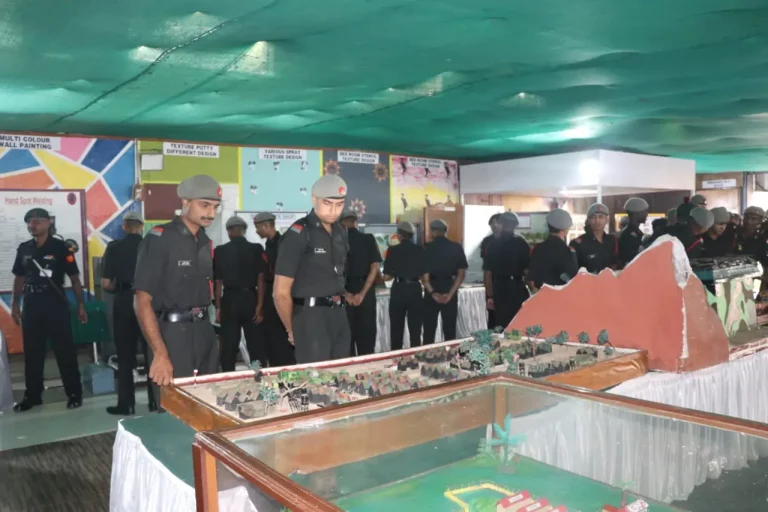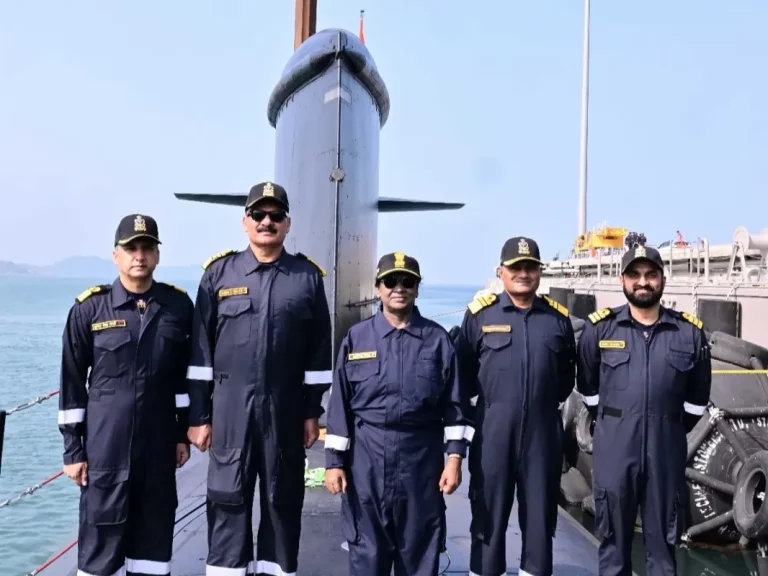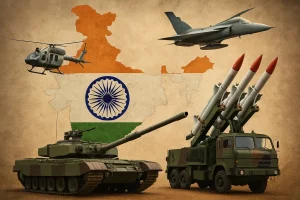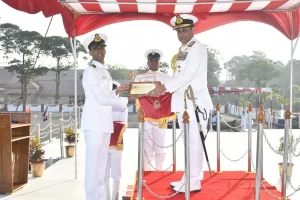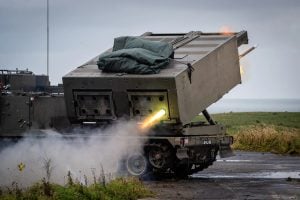The Indian Armed Forces are poised to significantly augment their arsenal of BrahMos supersonic cruise missiles following their impactful deployment during Operation Sindoor, which inflicted considerable damage on Pakistani air bases and military installations.
Sources within the defense sector indicate that a pivotal meeting at the Ministry of Defence is on the horizon, expected to green-light a large-scale procurement of BrahMos missiles. The expansion plan involves the Indian Navy, which intends to arm its Veer-class warships with this formidable weapon. Additionally, the Indian Air Force (IAF) is preparing to integrate the air-launched variant of the BrahMos onto its Su-30 MKI fighter jets, alongside a planned acquisition of ground-based variants.
During the recent four-day military operation, the BrahMos emerged as a crucial asset for the IAF, executing precise strikes on essential Pakistani military infrastructure. Targets included the terror headquarters associated with militant groups Jaish-e-Mohammed and Lashkar-e-Taiba, located in Punjab province. The missile’s accuracy and impact not only compromised military assets but also instigated a reaction from the Pakistan Army, which took measures to protect its remaining militant resources.
Prime Minister Narendra Modi praised the efficacy of the country’s indigenous defense capabilities in the operation, stating, “During Operation Sindoor, the world saw the capabilities of our indigenous weapons. Our Air Defence Systems, missiles, and drones have proved the strength of ‘Atmanirbhar Bharat’, especially the BrahMos missiles.”
The BrahMos missile system, a collaboration between India and Russia, holds the distinction of being the fastest supersonic cruise missile globally. With a striking range of up to 500 kilometers, it is designed to hit targets with remarkable accuracy, underscoring its strategic significance in contemporary military engagements.
As the Indian Armed Forces prepare for this significant enhancement of their strategic capabilities, the continued evolution of the BrahMos program may redefine the dynamics of regional security and military deterrence in South Asia.
